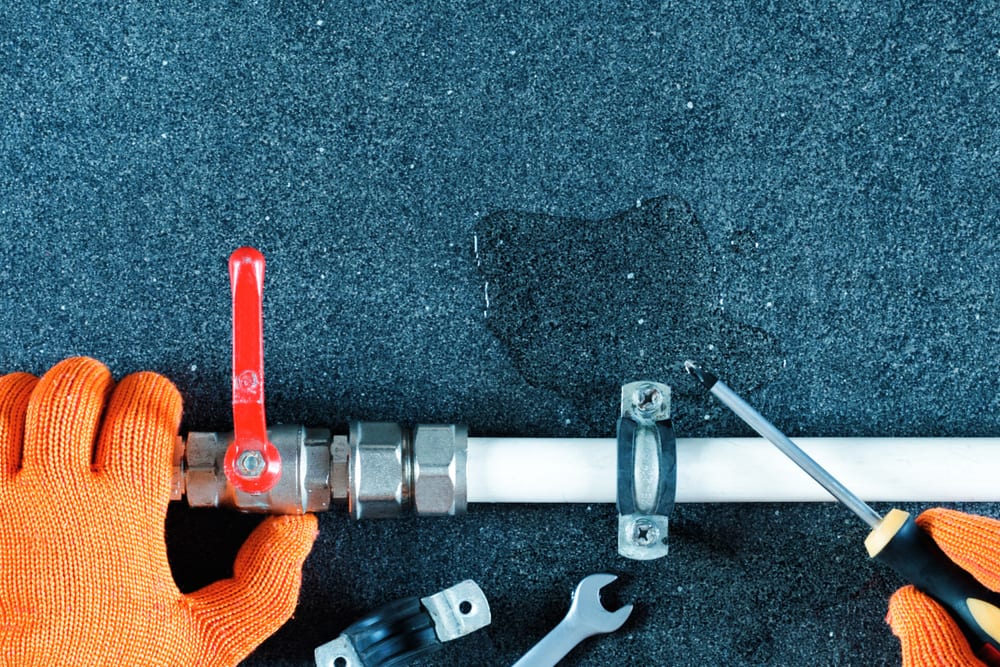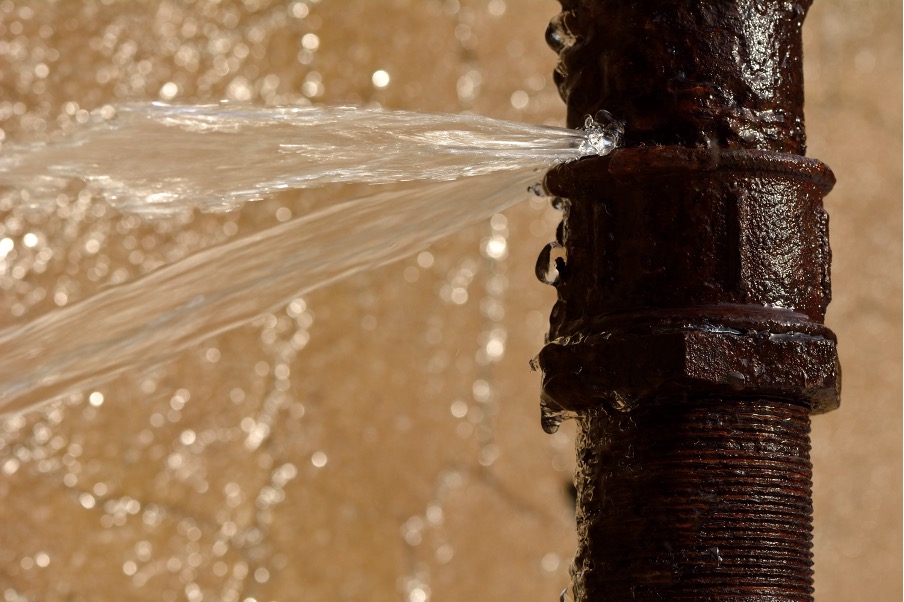Overview To Water Leakage Detection At Home
Overview To Water Leakage Detection At Home
Blog Article
The publisher is making a few good annotation on the subject of Hacks to detect leaks as a whole in this great article just below.

Early discovery of leaking water lines can minimize a potential calamity. Some little water leaks might not be visible.
1. Check Out the Water Meter
Every home has a water meter. Examining it is a surefire manner in which aids you find leakages. For beginners, switch off all the water resources. Make sure no person will purge, utilize the faucet, shower, run the cleaning device or dish washer. From there, go to the meter and also watch if it will alter. Considering that no person is using it, there must be no activities. That shows a fast-moving leak if it moves. If you find no adjustments, wait a hr or two as well as inspect back once more. This means you may have a slow-moving leak that could even be underground.
2. Check Water Consumption
If you spot sudden changes, despite your intake being the very same, it indicates that you have leaks in your plumbing system. A sudden spike in your bill shows a fast-moving leakage.
A steady increase every month, even with the very same habits, reveals you have a slow leakage that's likewise slowly escalating. Call a plumber to thoroughly examine your residential or commercial property, specifically if you feel a cozy location on your floor with piping below.
3. Do a Food Coloring Test
When it comes to water intake, 30% comes from toilets. If the shade somehow infiltrates your bowl throughout that time without flushing, there's a leak in between the storage tank as well as bowl.
4. Asses Outside Lines
Don't forget to inspect your outside water lines too. Ought to water seep out of the connection, you have a loosened rubber gasket. One tiny leak can squander lots of water as well as increase your water costs.
5. Evaluate the circumstance as well as check
Property owners ought to make it a routine to inspect under the sink counters as well as even inside cabinets for any bad odor or mold and mildew development. These 2 warnings suggest a leakage so timely interest is required. Doing routine inspections, even bi-annually, can conserve you from a major problem.
If you know your residence is already old, keep a watchful eye on your heaters, pipes, pipelines etc. Look for stainings and also damaging as a lot of pipelines as well as devices have a life span. They will also normally deteriorate because of deterioration. Do not wait for it to rise if you presume leaking water lines in your plumbing system. Call an expert plumber today so you don't wind up with a dreadful mess in your house.
Early discovery of leaking water lines can mitigate a possible disaster. Some little water leaks might not be noticeable. Checking it is a proven method that helps you uncover leaks. One little leakage can squander tons of water and also surge your water bill.
If you think dripping water lines in your plumbing system, don't wait for it to rise.
WARNING SIGNS OF WATER LEAKAGE BEHIND THE WALL
PERSISTENT MUSTY ODORS
As water slowly drips from a leaky pipe inside the wall, flooring and sheetrock stay damp and develop an odor similar to wet cardboard. It generates a musty smell that can help you find hidden leaks.
MOLD IN UNUSUAL AREAS
Mold usually grows in wet areas like kitchens, baths and laundry rooms. If you spot the stuff on walls or baseboards in other rooms of the house, it’s a good indicator of undetected water leaks.
STAINS THAT GROW
When mold thrives around a leaky pipe, it sometimes takes hold on the inside surface of the affected wall. A growing stain on otherwise clean sheetrock is often your sign of a hidden plumbing problem.
PEELING OR BUBBLING WALLPAPER / PAINT
This clue is easy to miss in rooms that don’t get much use. When you see wallpaper separating along seams or paint bubbling or flaking off the wall, blame sheetrock that stays wet because of an undetected leak.
BUCKLED CEILINGS AND STAINED FLOORS
If ceilings or floors in bathrooms, kitchens or laundry areas develop structural problems, don’t rule out constant damp inside the walls. Wet sheetrock can affect adjacent framing, flooring and ceilings.
https://www.servicemasterbyzaba.com/blog/how-to-detect-water-leakage-in-walls/

I was guided to that article about Detecting hidden plumbing leaks from someone on a different website. You should take the opportunity to promote this article if you appreciated it. I praise you for your time. Visit us again soon.
Report this page